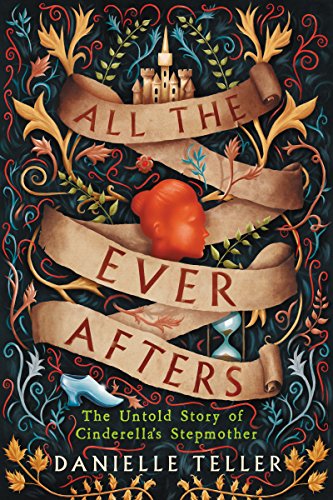All the Ever Afters
“The stories we tell ourselves have great power.” This sentence from Teller’s Cinderella reimagining succinctly sums up the theme of this book. The concept of untruths repeated and rumors embroidered brings home the overused phrase of history being told by the winners. Agnes, the protagonist of this tale, is known as the wicked stepmother of the popular fairy tale. Yet this version places her as the overworked and helpless young girl who is treated cruelly, yet perseveres. Add in a malevolent Godmother and a difficult stepdaughter, and another perspective is created to delight readers.
Beginning life as a peasant’s daughter, Agnes is turned out at a young age to fend for herself as an assistant laundress, which is a dirty, exhausting, thankless job. She moves up in the affluent household, ultimately running it as its mistress. But the position is not rosy, and her journey is fraught with trouble and heartache. What happens after Cinderella’s “happily ever after” is explored and expanded upon in this page-turning story.
It’s not easy to place the exact setting and era of this novel—at times it seems British and other times French. The original story of Cinderella was written by Charles Perrault in 17th-century France, and he was a courtier of Louis XIV, so it is fitting to place it around this time period or before. Regardless, it captures the basis of the fairy tale, yet does not run with the mythical theme. In fact, it is very ordinary in all of the details, which makes it quite a solid historical read.










